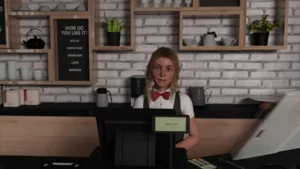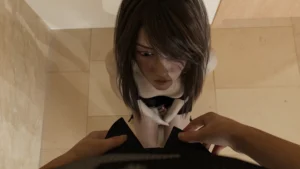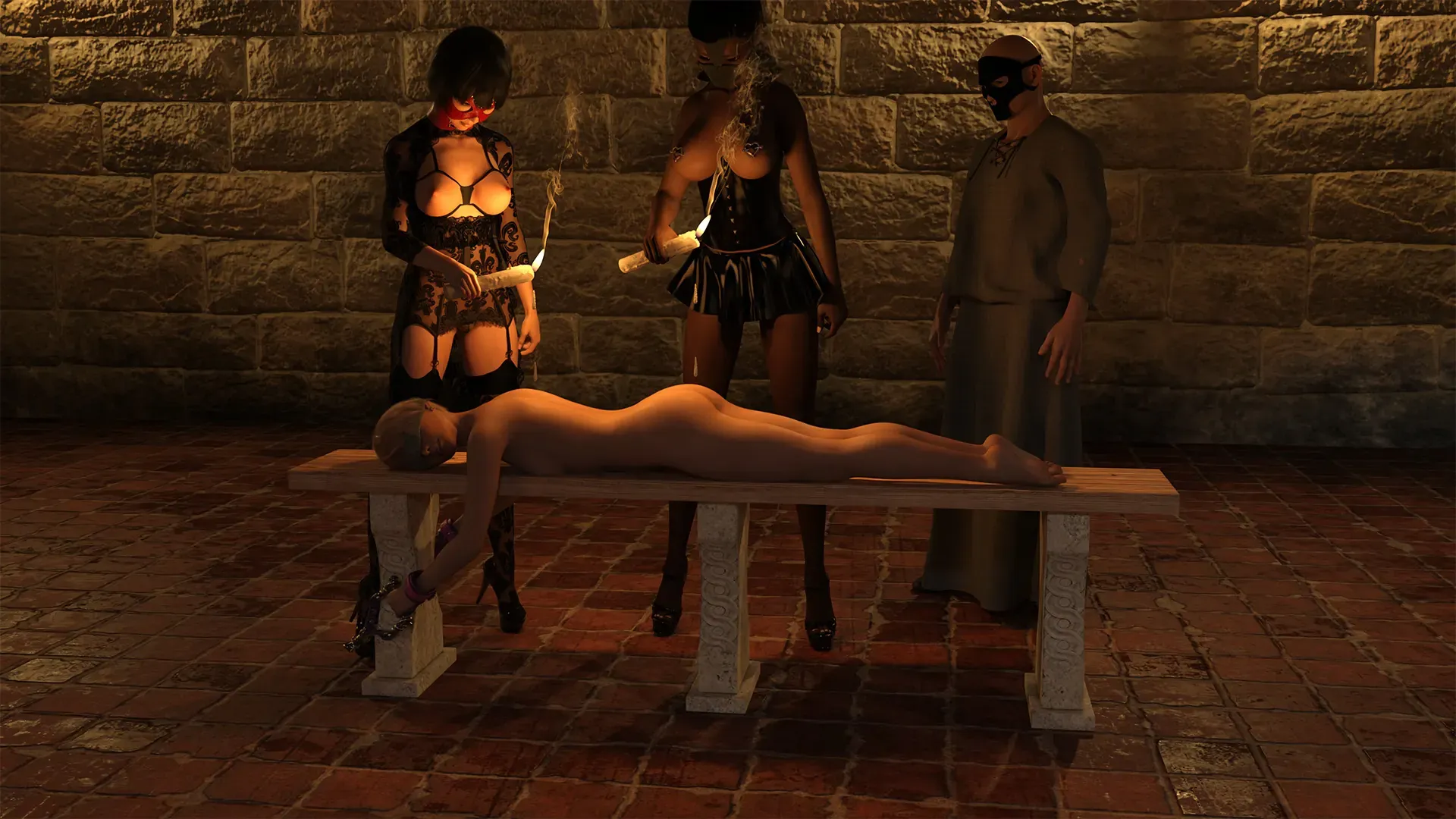
Play Bad Memories
Bad Memories review
Exploring the narrative, mechanics, and player experience of Bad Memories
Bad Memories is a narrative-driven game that immerses players in a deeply emotional story about a troubled childhood and complex family dynamics. Centered on themes of loss, personal growth, and difficult choices, the game offers a unique blend of storytelling and interactive gameplay. This article explores the core elements of Bad Memories, including its plot, gameplay mechanics, and how players can navigate its branching narrative paths to experience different outcomes.
Unpacking the Storyline of Bad Memories
Let’s be honest, we play games for a lot of reasons—for fun, for a challenge, for the thrill. But sometimes, a game comes along that grabs you by the heart and doesn’t let go. 😥 That’s the experience of playing Bad Memories. It’s less a traditional game and more an interactive journey through the painful, fragmented world of childhood trauma. This chapter is a deep dive into the soul of the game, unpacking the powerful Bad Memories storyline and the characters that make it so unforgettable. 🎮
If you’ve ever wondered if a game could truly make you feel and heal, you’re in the right place. Let’s get started.
What Is the Central Plot of Bad Memories?
At its core, the Bad Memories plot summary is a heartbreakingly simple one: it’s the story of a child navigating a world shattered by loss. The game begins in the subdued, grey-toned aftermath of the protagonist’s mother passing away. This isn’t a dramatic, high-concept fantasy plot; it’s a quiet, domestic tragedy that feels terrifyingly real. 🏠
You step into the worn-out shoes of a young child, and the world you inhabit is your family home, which has transformed from a place of safety into a labyrinth of grief. The central conflict isn’t against monsters or villains in the classical sense, but against the overwhelming silence, the empty chair at the dinner table, and the emotional withdrawal of the father. The Bad Memories storyline is built on exploring this house, interacting with objects that trigger flashbacks, and piecing together the “before” and “after” of this family’s life.
I remember one specific playthrough session where I simply picked up a faded photograph. The game didn’t just show me a cutscene; it immersed me in a fully-realized, warm memory of a birthday party. The contrast with the bleak present was so stark I had to put my controller down for a moment. That’s the power of this game’s storytelling—it uses interactivity to make you feel the loss, not just observe it. The ultimate goal becomes about more than just finishing the game; it’s about helping the child (and in a way, yourself) find a way to process this grief and maybe, just maybe, find a path toward a dawn after a very long night. 🌅
Who Are the Key Characters and Their Roles?
The emotional narrative in Bad Memories is carried on the shoulders of its brilliantly crafted characters. They aren’t just archetypes; they feel like real, broken people, and understanding them is key to understanding the game’s soul.
The main Bad Memories characters are a small, intimate cast, which makes their interactions all the more potent.
| Character | Role in the Story | Emotional Impact |
|---|---|---|
| The Protagonist (The Child) | You. A silent witness navigating a world of grief. Your actions involve exploring memories and the present, trying to make sense of the new reality. | Embodies innocence lost and the quiet, confusing pain of a child who doesn’t have the words for their sorrow. 🧒 |
| The Father | Once a warm presence, now a ghost in his own home. Consumed by his own grief, he becomes emotionally absent and sometimes harsh. | Represents the devastating ripple effects of loss and how unchecked pain can wound those we love most. 👨 |
| The Mother (in Memories) | Seen only in flashbacks and triggered memories, she is the beacon of warmth, stability, and love that has been extinguished. | Her memory is the benchmark for “normal,” highlighting the profound void her absence has created. 👩 |
What makes the Bad Memories characters so effective is their humanity. The father isn’t a monster; he’s a man drowning in a sorrow he doesn’t know how to manage. As a player, you feel a complex mix of anger at his distance and a aching pity for his suffering. This complexity is the bedrock of the game’s powerful emotional narrative in Bad Memories. You aren’t just solving puzzles; you’re navigating a fractured relationship, and every small, interactive moment—like choosing to leave a drawing for him or simply cleaning up a room—feels like a monumental step. 💔
How Does the Story Explore Themes of Loss and Growth?
This is where Bad Memories truly transcends being a game and becomes a piece of interactive art. The themes in Bad Memories game are not subtle subtext; they are the very fabric of the experience. The game is a masterclass in showing, not telling.
You find one of her old sweaters tucked away in a box. The game doesn’t need a narrator to say “this is sad.” As you interact with it, the controller faintly vibrates with a heartbeat-like pulse, the screen blurs with the child’s tears, and the sound of her laughter from a happy memory echoes for just a second before fading into the oppressive silence of the attic. This is loss.
The exploration of childhood trauma in Bad Memories is handled with incredible care. The game illustrates how trauma isn’t always about a single, violent event, but can be the slow, grinding reality of a parent who is physically present but emotionally gone. This consistent emotional narrative in Bad Memories forces you to sit with that discomfort.
But this story isn’t just about the fall; it’s about the arduous climb back up. The themes in Bad Memories game are a balanced scale of despair and hope.
- Confronting the Past: Growth begins when the child (you) stops running from the painful memories and starts actively seeking them out. This is the gameplay loop—revisiting traumatic moments to understand them. 🗝️
- Finding Agency: In a world where you feel powerless, small acts—like repairing a broken toy or planting a seed in the garden—become powerful metaphors for healing and taking control of the little piece of the world you can influence.
- The Possibility of Forgiveness: The most profound theme is the tentative, fragile journey toward understanding the father. The game doesn’t promise a perfect happy ending, but it offers the chance for a conversation, a shared moment of grief, and the first step toward mending. This is the core of any meaningful Bad Memories game story analysis—it argues that growth is possible, even after the deepest wounds.
My personal takeaway? Bad Memories taught me that healing isn’t about erasing the past. It’s about gathering those broken pieces and learning how to carry them without letting them cut you anymore. It’s a powerful lesson, beautifully disguised as a game. ✨
Ultimately, the Bad Memories storyline stays with you long after the credits roll. It’s a testament to the power of video games as a medium for exploring the most complex aspects of the human experience.
Bad Memories offers a compelling blend of narrative depth, meaningful player choices, and immersive audiovisual design that together create a memorable gaming experience. Its exploration of complex emotional themes through interactive storytelling invites players to reflect on personal growth and the impact of past events. Whether you are drawn to its rich story or engaging gameplay, Bad Memories is a game that resonates long after playing. Dive in and discover the many layers of this unique title.




























